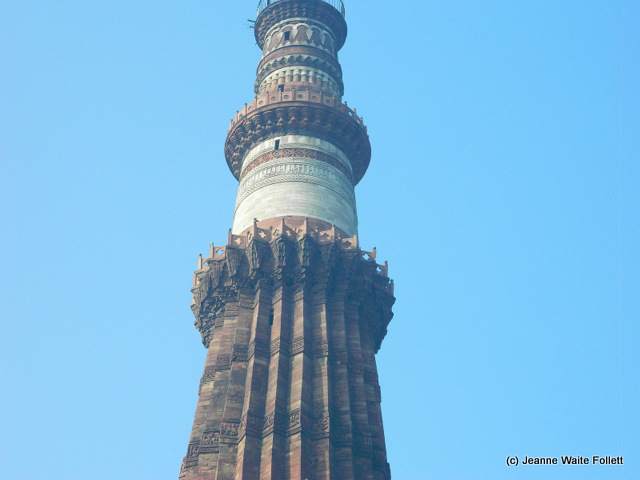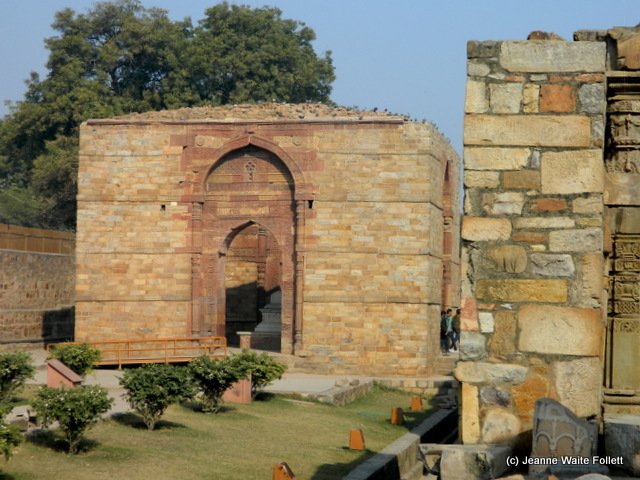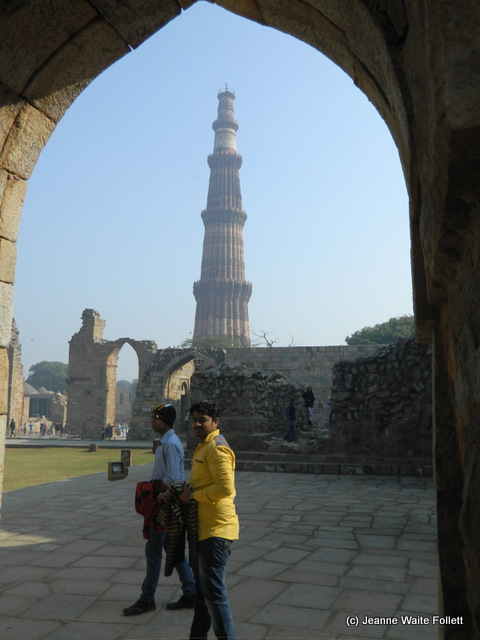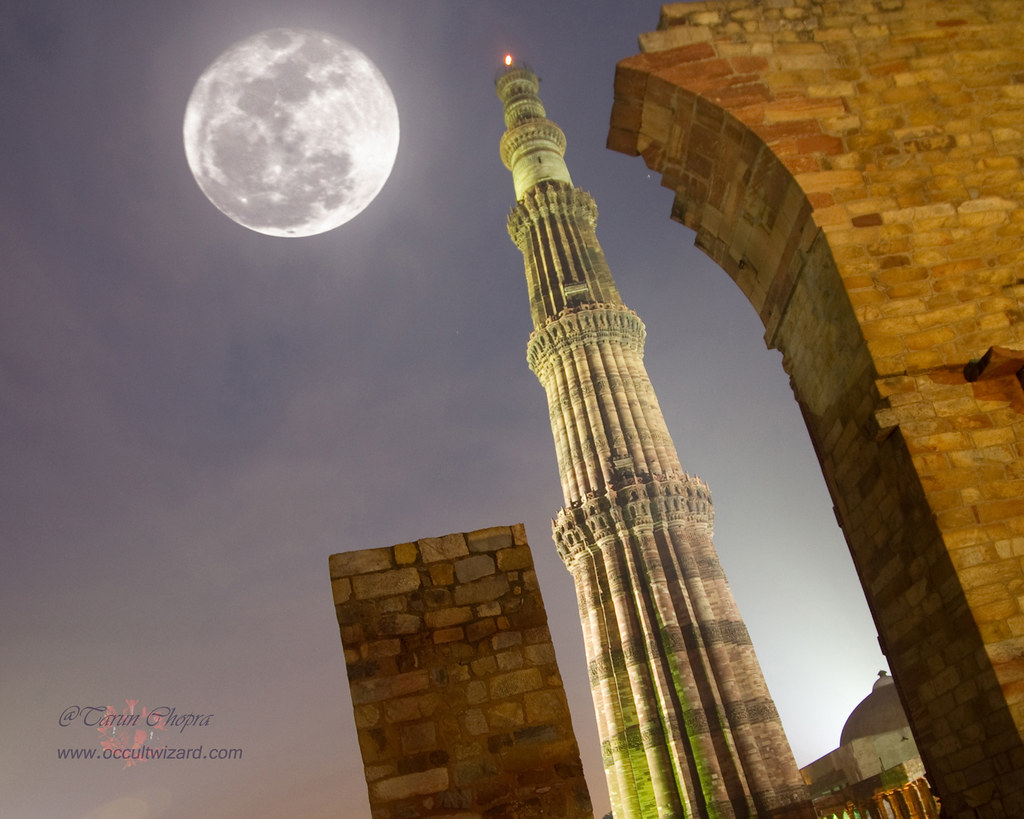"I'm going to speak my mind because I have nothing to lose."--S.I. Hayakawa
Monday, June 29, 2015
Half-Baked Alaska, No. 1
The neighbor across the highway calls and says her daughter spotted moose and bear tracks heading my way.
"If the bear got the moose, it's probably over there on your property..."
Sunday, June 21, 2015
That Midnight Sun
Today is the first day of summer, so they say. From sunrise to sunset, we will have 19 hours 21 minutes and 32 seconds of daylight.
That's misleading because there are hours of twilight or "civil daylight" after sunset and before sunrise. In actuality, it doesn't get dark.
The exception to "doesn't get dark" depends on the weather. If it's cloudy, we have something approaching darkness. But, if it's clear, there's no darkness right now.
I have made it a practice the past few years to go kayaking at Tern Lake at midnight, much to the dismay of the idiot seagulls that nest there and dive bomb me, trying to run me off.
Today is cloudy, so I probably won't go. If it clears off late this afternoon as we expect, I'll be there.
If not:
That's misleading because there are hours of twilight or "civil daylight" after sunset and before sunrise. In actuality, it doesn't get dark.
The exception to "doesn't get dark" depends on the weather. If it's cloudy, we have something approaching darkness. But, if it's clear, there's no darkness right now.
I have made it a practice the past few years to go kayaking at Tern Lake at midnight, much to the dismay of the idiot seagulls that nest there and dive bomb me, trying to run me off.
Today is cloudy, so I probably won't go. If it clears off late this afternoon as we expect, I'll be there.
If not:
 |
| 2013 |
 |
| 2014 |
Thursday, June 11, 2015
The India Journals, Ch. 36, Doing Delhi in a Day, Part One
Ch. 36, Doing Delhi in a
Day
Part One
For the ones who have grown up in this city, there’s no other place
quite like it. Those who visit for the first time find it an overwhelming
experience. That’s Delhi for you. With a history that’s both rich and tragic,
Delhi isn’t just a city. It’s a universe of its own. —Sripana
Not too much time at any one place, but just enough to give the travelers a taste and, should they want to return at a later date, a little knowledge of where they could go on their own.
This morning after breakfast, we
wandered through the Qutub Minar, a 12th century Muslim mosque and
minaret that I though fascinating. I
would like to see it at different times of the day to see the effects of
different light, but we have places to go and things to see, so we’re off to
see a display of genuine hand-knotted carpets made in Kashmir from traditional Persian and Muslim designs.
Let’s be frank. I know nothing about carpets except that they need to be vacuumed to pick up the parrot feathers and firewood debris. While I think they are beautiful, they aren’t
my style and would not fit in the décor of my home. Nonetheless, I found the brief talk
interesting.
Our “teacher” explained and demonstrated
the elaborate process for making hand-woven, hand-knotted rugs and carpets,
using models. According to him (I didn’t
get his name), the more your walk on one of these carpets, the better it
gets.
 |
| Tools of the trade. |
Making a 9’x12’ wool carpet with silk
backing, single-knotted, takes six months just to prepare the design grid. The actual weaving of a double-knotted carpet
requires two men four and a half years.
They use silk for the backing, he explained,
because silk is ten times stronger than steel, not that anyone makes a carpet
with steel backing, I suppose.
One by one, his assistants unrolled rugs
and carpets of all kinds, silk, sheep wool, mountain goat wool, and yak
wool. “Cat and dog proof,” he said.
 |
| A long runner. |
Some designs showed one shade when
viewed from one end, and another shade when viewed from the other end.
Khawa (tea) was served, a typical and
delicious Afghanistan/Pakistan/Kashmir breakfast blend of green tea with cinnamon,
cardamom, and saffron.
I drank my khawa, wandering around the
large display room with dozens of unrolled carpets and rugs lying on the floor,
stacked on top of each other, and all I could think of was that I was sure glad
I didn’t have to roll up all those beautiful rugs and carpets myself.
And, after some made purchases and
arranged for shipping home, we went to lunch at a franchised restaurant called Lazaaz Affaire.
The first of our group to arrive was
stopped at the entrance. We then
waited, and waited, and waited some more.
Soon another group, led by a very assertive woman guide, marched her
charges past us into the restaurant.
Finally we were allowed to enter and directed
to an upstairs dining room, where the previous group was seated, scattered at
various tables around the café. No
problem, but our group then took whatever tables were left, which left us
scattered around the dining room.
The other group apparently was composed
of Koreans and I think some, if not all, were part of a religious sect.
 |
| Tandoori chicken and potato. Alas, the chicken was over-cooked and dry. Is that how they serve chicken in India? |
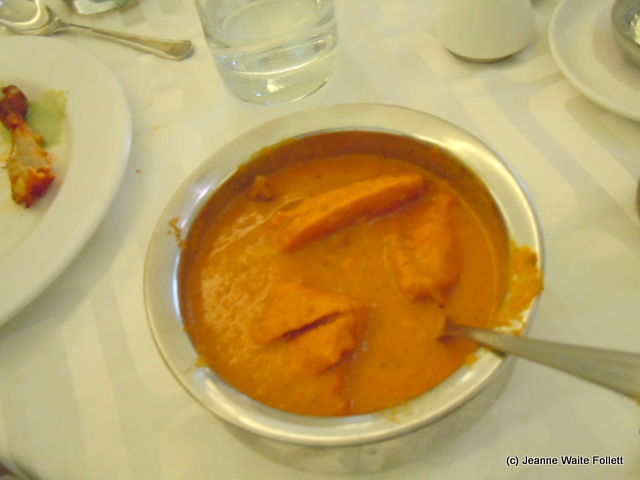 |
| Butter chicken |
 |
| Daal |
Eventually, the food began to arrive,
usually one delicious dish at a time.
They kept coming, dish after dish of Northern Indian and Mughal food. Long after our appetites were sated, food
arrived at our table and was left untouched.
At long last, ice cream was served.
I think that was the last dish.
I’ll never know because we left shortly afterwards.
 |
| The restaurant was in a very nice residential area. |
 |
| Nothing like telling it like it is. |
From there, we went to the most revered
spot in all of Delhi. I’ll tell you
about it next.
Wednesday, June 10, 2015
Monday, June 8, 2015
The India Journals, Ch. 35, The Amazing Qutub Minar in Delhi
Ch. 35, The Qutub Minar in
Delhi
The first Muslim state was
founded in India in 711 and ever after the Hindus of India saw their temples destroyed
and the material used to build vast Muslin mosques and madrasas (religious schools), and those Muslims were busy builders indeed.
Such a place, a UNESCO World Heritage Site, is our destination for the
first morning in Delhi. We drive through
pleasant, tree-lined boulevards to the Qutub Minar, which features a tower, or
minaret, some 238 feet high, which certainly means it will never be lost to
future generations because of vegetative growth, as have many ancient structures.
A provocative inscription over the
entrance gate claims the complex was built by using material from the
demolition of 27 Hindu temples. The first
three stories of the centerpiece tower are built of red sandstone and the top two stories
of marble and sandstone. The over-all
effect is stunning.
The tower, considered the finest in the
world, was started in 1193 after the last Hindu kingdom was defeated. There is a dispute as to the reason for its
construction, with some saying it marks the defeat in Hindu India and others
claiming it is a minaret, from which the adhan
(Islamic calls to prayer) were sung.
 |
| Inscriptions are from the Quran. |
It measures 47 feet at its base and
tapers to nine feet at the top. The
original top was destroyed by lightning.
After the British assumption of power in India, a Major Smith removed
the damaged pavilion at the top and replaced it with a design of his own,
though he carefully restored earthquake and lightning damage to other parts of
the tower.
Major Smith’s pavilion was removed and
now sits in a garden area in a corner of the complex.
 |
| Taking advantage of a leaky pipe. |
Up until 25 years ago, visitors to the
complex could climb the narrow interior staircase to the top, an activity very
popular on Fridays when admission was free to school children. On Dec. 4, 1981, a power outage occurred while
many people and children were in the tower, throwing the
interior into blackness.
Forty-five people, many of them children,
died in the ensuing stampede. Today, no
one is allowed to climb the tower, which is just as well because it leans two feet off vertical and is carefully monitored lest rainwater further damages the foundation.
 |
| Quwwat Ui Islam Mosque |
A short distance away are the ruins of
the Quwwat Ui Islam (Light of Islam) Mosque, begun in 1193 and completed four
years later. This was Delhi's principal mosque until 1360. It, too, is considered one
of the most magnificent structures in the world.
 |
| Note the people for size perspective. |
One of the most curious enigmas in the world stands in the center of the mosque courtyard, a 98 per cent pure cast iron pillar almost 23 feet high and weighing over six tons. As one source wrote, "...[A]n extraordinary feature of the pillar ... is that it has not corroded for at least 1600 years. Scientists remain baffled as to how iron of such purity could be cast at that time, let alone refuse to rust. Legend states that anyone who can stand with his or her back to the pillar and join their hands around it will be granted a wish (a fence now keeps wish-seekers out)."
 |
| Repeating this photo as it shows the Iron Pillar. |
Over in the farthest corner of the complex lie
the ruins of a madrasa and a nearby tomb.
Two young men stopped me there and asked if they could have their photo
taken with me and I, of course, obliged. A minute later, I saw them crossing a
pedestrian bridge, called to them, and took their photo. They smiled and waved and we all went on our
separate ways.
MORE PHOTOS FROM THE QUTUB MINAR:
As I watched the tower, I found it was right in the flight path of airliners taking off every three or four minutes from a nearby airport. I though these two photos created an anachronistic juxtaposition of old and new.
When I looked at the photos on the camera display to see if I had gotten what I wanted, something else struck me--the seared images in my mind of the passenger aircraft just before they hit the Twin Towers in New York.
While doing research for this post, I found many people have taken similar photos.
 |
| Outside the gates, vendors selling refreshing drinks. |
 |
| I hope this fellow doesn't have to wheel his cart very far. |
I found this beautiful photo on the Internet and offer it here for your enjoyment. This is a Super Moon.
A diagram of the Qutub Minar complex.
 |
| Number 5 on the map, at far right, is the unfinished attempt to build an even higher tower. The rulers death in 1316 left the tower unfinished at 80.3 feet. |
Subscribe to:
Posts (Atom)
























